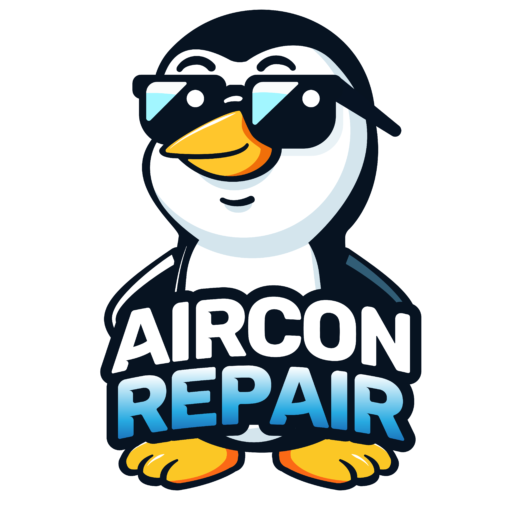If your air conditioner frequently turns on and off without maintaining a steady temperature, you may be dealing with short-cycling. This common issue not only disrupts comfort but also strains your AC, leading to higher energy bills, reduced efficiency, and potential system failure. Understanding the causes of short-cycling and addressing them promptly can help keep your AC running efficiently. Regular maintenance and timely repairs by a qualified HVAC technician can prevent short-cycling and extend your system’s lifespan. Read on to discover what causes short-cycling, how it impacts performance, and the best ways to prevent and fix it.
What Is Short-Cycling?
Short-cycling happens when an air conditioner frequently turns on and off without completing a full cooling cycle. Instead of running for 10 to 15 minutes per cycle, the compressor shuts off within minutes and restarts. This inefficient operation prevents your home from maintaining a comfortable temperature and puts unnecessary strain on the system. Over time, short-cycling leads to increased energy use, higher utility bills, and premature wear on vital components. If left unresolved, it can result in costly repairs or even system failure. Addressing short-cycling promptly ensures your AC runs efficiently, keeping your home cool and comfortable.
Signs of Short-Cycling
If you’re unsure whether your AC is short-cycling, watch for these common warning signs:
- Frequent On-Off Cycling: The most obvious sign is that the AC turns on and off within just a few minutes, never completing a full cycle.
- Uneven Cooling: Some areas of your home may feel too warm, while others are too cold.
- Increased Energy Bills: Since the system is running inefficiently, it uses more electricity, leading to higher utility costs.
- Unusual Noises: If you hear clicking sounds as the unit turns on and off repeatedly, short-cycling could be the culprit.
- Failure to Maintain Set Temperature: The AC may struggle to reach or maintain the thermostat setting, causing inconsistent comfort levels.
If you notice any of these issues, it’s important to address them before they escalate into a more severe problem.
What Causes AC Short-Cycling?
Short-cycling occurs when an air conditioning unit turns on and off too frequently, reducing efficiency and increasing wear. Common causes include:
- Low Refrigerant Levels: Leaks or improper charging can freeze the evaporator coil, forcing frequent cycling.
- Oversized AC Unit: A system too large cools quickly but fails to dehumidify properly, leading to discomfort and strain on components.
- Improper Thermostat Placement: Thermostats near heat sources can misread temperatures, causing frequent cycling.
- Clogged Air Filters: Restricted airflow can freeze the coil, triggering short-cycling.
- Faulty Low-Pressure Control Switch: A malfunctioning switch may shut down the compressor unnecessarily.
- Electrical Issues: Failing capacitors or wiring problems can prevent a full cooling cycle.
How to Fix & Prevent Short-Cycling
- Replace air filters regularly to ensure proper airflow.
- Position the thermostat correctly to avoid false readings.
- Check refrigerant levels and fix leaks promptly.
- Ensure the AC is properly sized for your home.
- Inspect and replace faulty components like capacitors or control switches.
- Schedule regular HVAC maintenance to prevent future issues.
Addressing these factors helps keep your AC running efficiently, extending its lifespan while improving comfort.
Conclusion
AC short-cycling is more than just an inconvenience, it’s a warning sign that your system isn’t functioning optimally. Left unaddressed, it can lead to higher energy costs, reduced comfort, and costly repairs. By identifying the root cause whether it’s a clogged filter, low refrigerant, an oversized unit, or electrical issues you can take proactive steps to fix the problem. Regular HVAC maintenance and timely repairs by a qualified technician are key to preventing short-cycling and ensuring your air conditioner operates efficiently for years to come. Don’t wait until the issue worsens, act now to protect your home’s comfort and your AC’s longevity.
